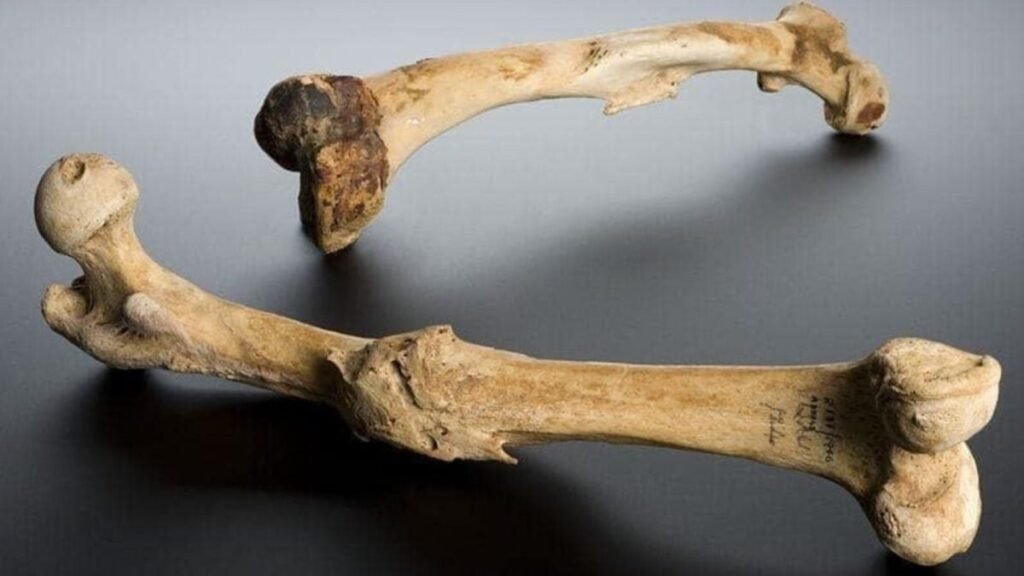Bone fragility is just a part of our evolution, not a couch potato effect.

A Problem Older Than the Sofa
Calcium supplements, vitamins, and messages about the importance of “strengthening bones” are part of our daily landscape. However, a look into human history dismantles this idea: bone fragility did not originate with sedentary lifestyle. A study published in Science Advances shows that the loss of bone density and strength is a phenomenon as old as civilization itself.
Bones from 9,000 Years Ago to Understand the Present
The team led by Vladimír Sládek, along with researchers from various European countries, analyzed 1,881 adult skeletons from archaeological sites spanning different eras, from the Neolithic to the pre-industrial era. They examined femurs, tibias, and humeri, evaluating both the external shape and internal structure of the bones. The goal: to determine if age-related strength loss depended on lifestyle or a common biological process.
The results were clear: despite drastic changes in human activity — from farmers and shepherds to urban laborers. In other words, the structural wear of bones is not so much dependent on physical work or technology, but on.
The Biology of Deterioration
Over time, the interior of bones is reabsorbed and their cavity expands, reducing their strength. The body tries to compensate with a process called subperiosteal apposition, which forms new bone tissue on the outer surface. However, this “natural repair” never fully balances the internal loss, explaining the progressive weakness of the human skeleton throughout life.
The study also shows that women experience greater structural loss in bones like the humerus and tibia, while the femur — the body’s strongest bone — better retains its strength in both sexes.






